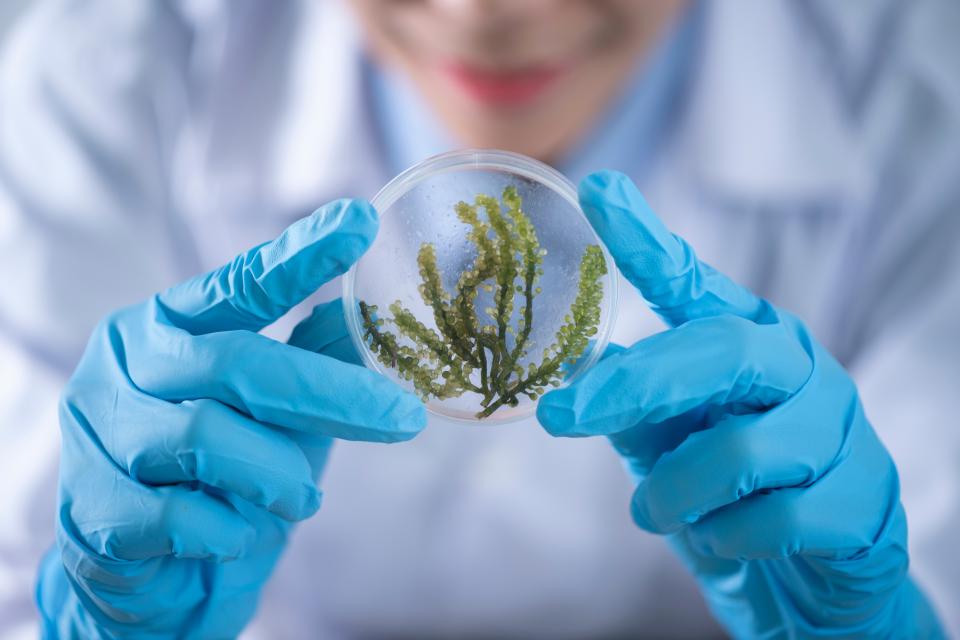The average age of an Estonian scientist has increased by one year in ten years - to 50 years, and young scientists currently make up only one tenth of the scientific community. At the same time, the proportion of women has increased significantly, it was revealed at the research forum TeadusEST, where, among other things, the profile of the average Estonian scientist was mapped.
According to the data of the Estonian Science Agency, as of this year, approximately 4,000 researchers work in research institutions approved by external evaluators in Estonia. Compared to 2012, it is more than a thousand more. At the same time, the research community has grown at the expense of the 35-54 age group. If ten years ago they made up 56 percent of the research community, as of last year they made up 64 percent.
The percentage of researchers older than 60 has dropped by one notch to 26 percent in ten years. However, the share of people younger than 35 has fallen from 17 percent to 10 percent.
The number of researchers with a doctorate in positively evaluated institutions has increased in all fields. At the same time, the number of research institutions has increased from 18 to 22 in ten years.
The gender distribution in the scientific community is becoming equal. If in 2012 the percentage of men and women was 60-40, now men make up 54 percent and women 46 percent. The proportion of women has increased in all fields. However, the areas of activity have remained more or less the same for ten years.
Women make up a clear majority, or approximately 60 percent, of researchers in the fields of medical and health sciences, social sciences, humanities and arts. More than half of the scientists in the fields of agriculture and veterinary science are also women. There are fewer women in the fields of exact sciences and technical sciences and technology, where their share is 20 and 27 percent, respectively.
Unlike other fields, the scientific community in the field of exact sciences and technology has become younger in ten years. Researchers in the field of medical science have aged the most, who are four years older on average compared to 2012.
The number of international publications is increasing both due to the list of journals added to the database and due to the increase in the number of publishing researchers. At the same time, the proportion of researchers who have not published any publications in the last three years has increased. If in 2012 there were 12 percent of them, as of last year they made up 23 percent of the research community.
The calculated average number of publications per researcher has mostly decreased slightly. The average number of publications has increased in the field of technical sciences and interdisciplinary research.
Most researchers participate in 1-3 projects, the number is higher for actively publishing researchers. The average number of projects per researcher per year has decreased from 2.5 to 1.8. However, in the field of social sciences, this number has increased.
Project volumes have increased in all areas, but the differences in volume can be more than two times. The largest volumes are in the fields of exact sciences and medical sciences. The volume of projects is the smallest in agriculture.



